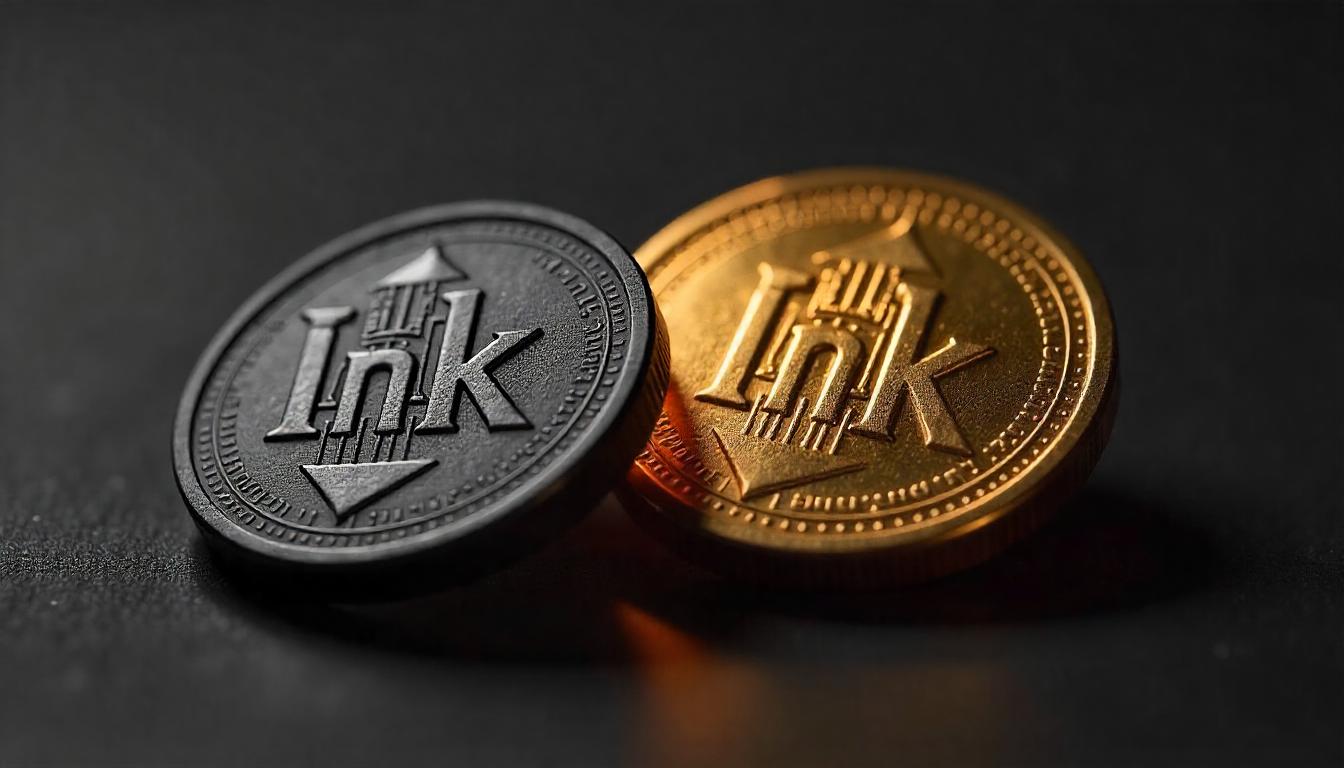Ink Foundation Bets on Utility as It Rolls Out INK Token Amid Tough Token Market
For the Ink Foundation, the answer to crypto’s bear market blues might lie in utility rather than hype. The nonprofit behind the Ink layer-2 network is rolling out its native token, INK, aiming to ignite onchain capital markets through liquidity-focused DeFi infrastructure.
INK’s debut will happen on a decentralized lending and trading platform powered by Aave, with an airdrop planned for early users. The foundation stresses that the token won’t rely on flashy governance tricks or fluctuating emission schedules. Instead, INK is locked at a hard cap of one billion tokens, immune to governance proposals for supply changes.
Ink also plans to keep its governance separate from the token—a break from the norm among other Superchain networks, which share software and security across multiple chains like cities linked by the same freeway.
INK’s initial role will be as the foundation for Ink’s own liquidity protocol, designed as a critical piece of DeFi infrastructure.
Yet the launch comes with headwinds. Over the past year, projects like Linea, Blast, and Berachain have all rolled out tokens amid high expectations, only to endure steady price declines. Many investors now see token launches as little more than exit ramps for insiders rather than genuine tools for ecosystem growth.
Today, Ink’s ecosystem boasts around $7 million in total value locked but has seen just $93 in daily revenue recently, per DefiLlama—a modest footprint for now.
Despite these hurdles, the Ink Foundation believes its approach—anchoring INK to a real, functioning product from day one—could help avoid the pitfalls that have plagued so many other new token launches.
Share this content:




